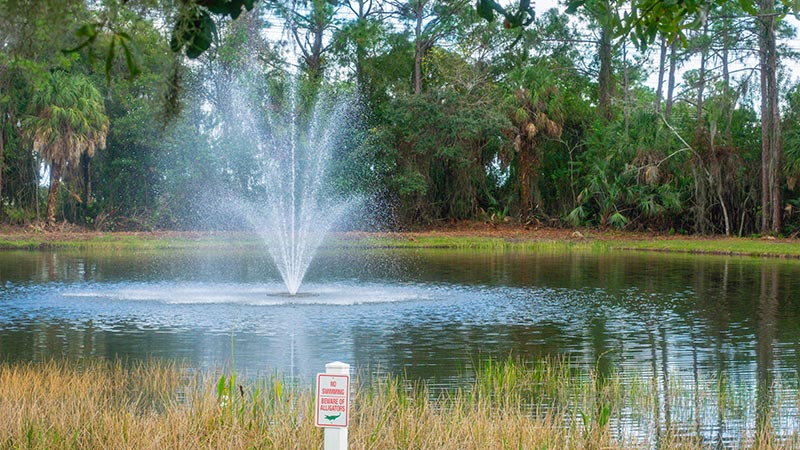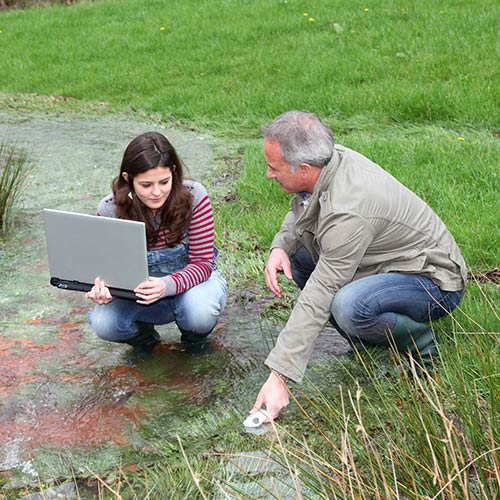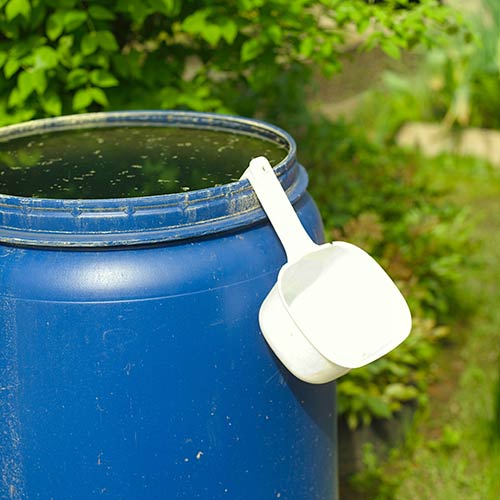Brevard County Stormwater Program
The Brevard County Stormwater Program was created in 1990 by the Board of County Commissioners. Since its creation, the Program has proven to be a leader in stormwater management in the state of Florida. The Stormwater Program has established strong working relationships with St. Johns River Water Management District (SJRWMD), the National Estuary Program (NEP), local municipalities and other counties throughout the state.
Together with these agencies, the Brevard County Stormwater Program has provided assistance and recommendations for the selection and implementation of the most efficient and cost effective stormwater treatment methods.

About the Program
Watershed management information and facts, important stormwater facts and watershed issues.

Projects
Watershed management construction projects, projects by district, and specific project types.
Indian River Lagoon (IRL) and the St. Johns River (SJR)
Brevard County encompasses approximately 1,500 square miles with most of the urbanized sections of the County located along the coast and barrier islands. Thousands of individual outfalls in Brevard County drain to either the Indian River Lagoon (IRL) or the St. Johns River (SJR). The IRL occupies the majority of central Brevard and includes the Indian River , Banana River and Mosquito Lagoon. Throughout Brevard, there are over 2,000 stormwater outfalls, which convey untreated stormwater into the Lagoon.
As part of the implementation of its growth management plan, local regulations were changed in 1978 to assure that all subdivisions and commercial sites developed within Brevard County were required to treat stormwater runoff to reduce pollutants carried to surface waters and to store runoff volumes to reduce flooding of downstream properties. However, much of Brevard was developed prior to this time and had little or no stormwater treatment facilities. To prevent flooding in these areas and address stormwater related pollution problems, additional measures were required. In September 1990, Brevard County adopted an ordinance that created a Stormwater utility, thereby providing a dedicated source of funding for the stormwater program. In 2007 the Stormwater Program became part of the Brevard County Natural Resources Management Office, as a principle part of the Watershed Management Program.
For several decades the Brevard County Stormwater Program has been a leader in stormwater management and will continue to strive toward success in the years to come. The program has numerous projects planned for the next several years that will help alleviate flooding issues in identified areas and provide treatment to stormwater before it reaches its final destination, the Indian River Lagoon or St. Johns River.
SWIL (Storm Water Iterative Loading) Output files
If You Have Experienced Flooding
Help us document flooding issues in Brevard County by filling out the Flooding Survey .

Education and Outreach
Public education and outreach. Presentations for homeowner associations, businesses, construction industry and schools.

Pollution Prevention
Pollution prevention tips on yard waste, fertilizers, pesticides, mulching, sprinklers, swales, car care, household waste, pet waste and litter reduction.

Rain Barrels
Join fellow barrel owners and register your rain barrel today so we can send you a FREE t-shirt.
Brevard County intends to comply with the Americans with Disabilities Act in providing accessible, usable services and facilities for all persons with disabilities to include information and documents on this website. If you require reasonable accommodation to participate in any County sponsored program, event, or service, or believe material on this website is inaccessible please contact the sponsoring department or complete the ADA grievance form located at ADACompliance@BrevardFL.gov
Adobe® Acrobat® Reader® DC is free software you can use to read and access the information contained within PDF files. Adobe Acrobat Reader DC contains many capabilities specifically designed to make it easier for people with disabilities to read PDF files, regardless of whether the files have been optimized for accessibility. It leverages accessibility functions built into Windows® and Mac OS systems and allows adjustment of user preferences to optimize the reading experience for a variety of disabilities.
